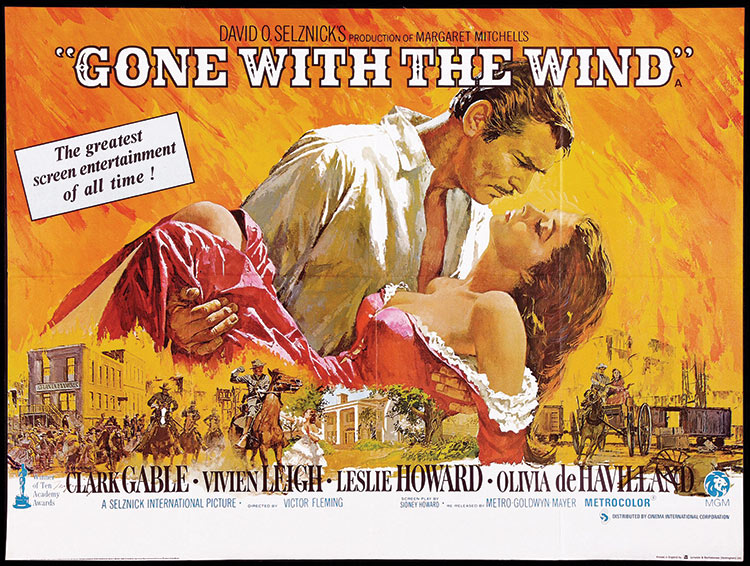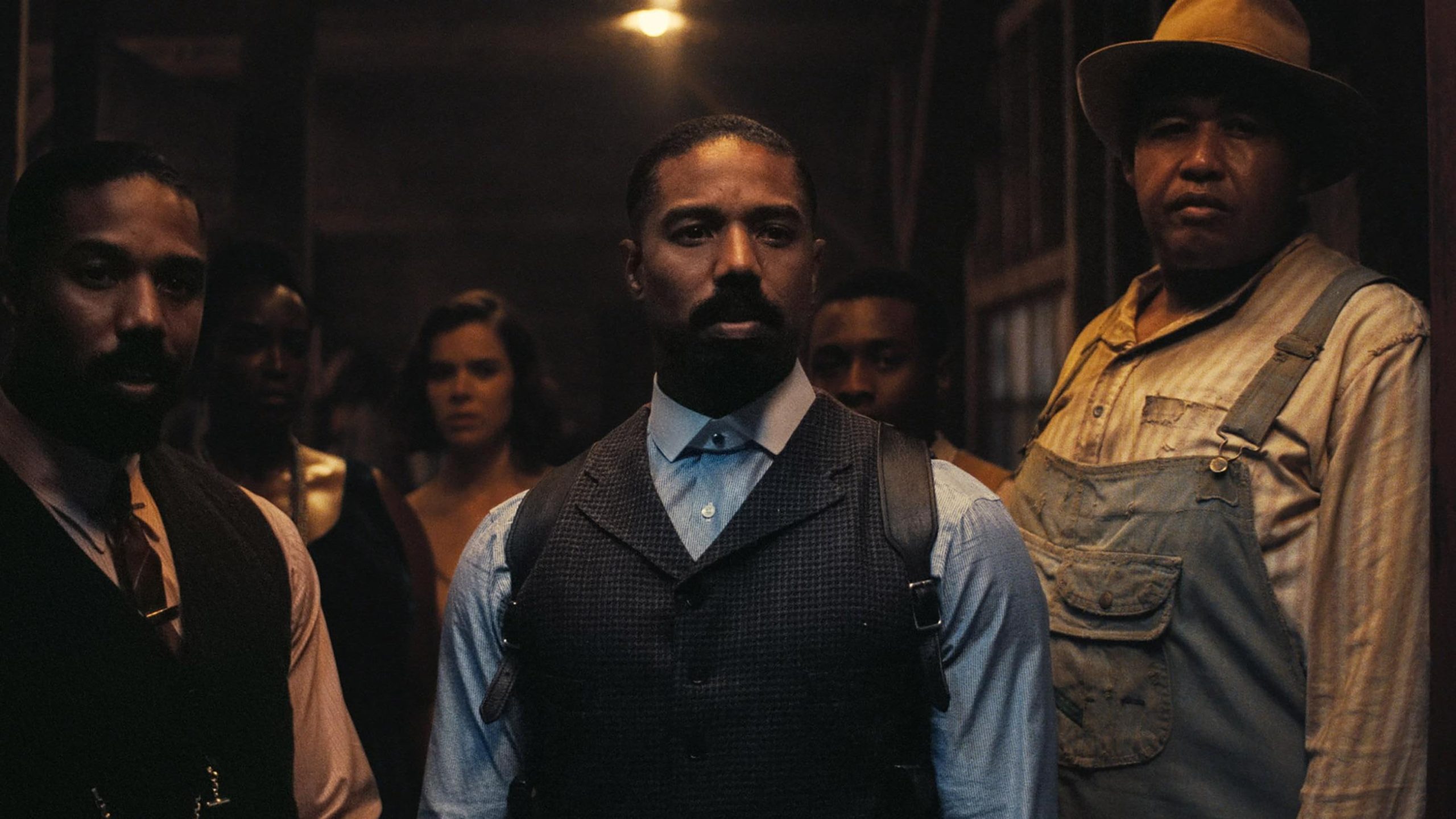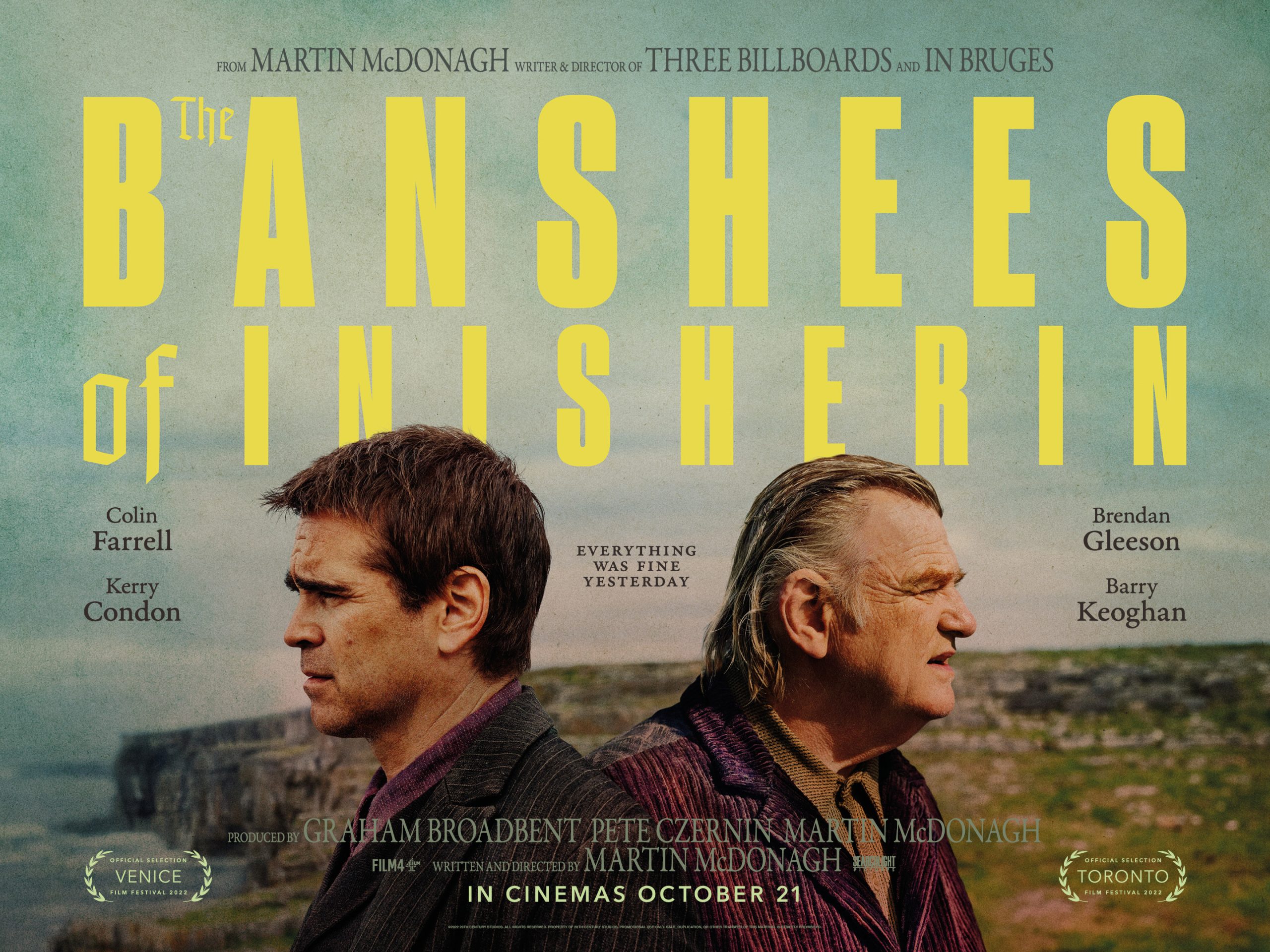dreamabodefinder.com – Few films in cinematic history have left as indelible a mark as Gone with the Wind (1939). Adapted from Margaret Mitchell’s Pulitzer Prize-winning novel, this epic historical romance set against the backdrop of the American Civil War and Reconstruction era remains one of the most celebrated and debated movies of all time. Directed by Victor Fleming and produced by David O. Selznick, Gone with the Wind stands as a testament to the grandeur and ambition of Hollywood’s Golden Age.
Plot Summary
Set in the South during the turbulent years of the Civil War, Gone with the Wind tells the story of Scarlett O’Hara (played by Vivien Leigh), a strong-willed and determined Southern belle. Scarlett’s life revolves around her unrequited love for Ashley Wilkes (Leslie Howard), even as he marries his gentle cousin, Melanie Hamilton (Olivia de Havilland). Scarlett’s journey is marked by resilience, cunning, and a relentless drive to protect her beloved plantation, Tara.
The film’s romantic tension is heightened by the arrival of the dashing and roguish Rhett Butler (Clark Gable), whose charm and practicality often clash with Scarlett’s headstrong nature. Their tumultuous relationship forms the emotional core of the film, culminating in heartbreak and the iconic line, “Frankly, my dear, I don’t give a damn.”
Casting and Performances
The casting of Gone with the Wind was a monumental task. Vivien Leigh’s portrayal of Scarlett O’Hara is widely regarded as one of the greatest performances in film history. Leigh brought depth and complexity to Scarlett, portraying her as both a flawed and formidable heroine.
Clark Gable, already a major star by 1939, delivered an unforgettable performance as Rhett Butler, embodying charisma, wit, and vulnerability. Olivia de Havilland’s portrayal of Melanie Hamilton brought warmth and grace to the screen, while Hattie McDaniel’s performance as Mammy earned her an Academy Award—making her the first African American to win an Oscar, though she faced racial discrimination during the film’s release and awards ceremonies.
Production and Cinematic Achievement
- Scope and Scale: The production of Gone with the Wind was nothing short of monumental. With a budget of $3.85 million (an enormous sum at the time), the film’s lavish sets, detailed costumes, and large-scale battle sequences brought Mitchell’s novel to life in stunning detail.
- Technicolor Brilliance: The film was one of the first major Hollywood productions to be shot in Technicolor, which added to its visual grandeur. The vibrant hues of Scarlett’s dresses, the lush landscapes of Tara, and the fiery destruction of Atlanta remain iconic images in film history.
- Running Time: At nearly four hours, including an intermission, Gone with the Wind is an epic in every sense of the word. Its length allows for the detailed exploration of its characters and their relationships.
Cultural Impact and Legacy
Upon its release on December 15, 1939, Gone with the Wind became an instant sensation. It broke box office records, earning over $390 million globally (equivalent to over $3 billion today when adjusted for inflation), making it one of the highest-grossing films of all time.
The film’s cultural impact is undeniable. It won 10 Academy Awards, including Best Picture, Best Actress (Vivien Leigh), and Best Director (Victor Fleming). Its sweeping score, composed by Max Steiner, remains one of the most recognizable in film history.
Controversies and Modern Reassessment
Despite its acclaim, Gone with the Wind has faced criticism for its romanticized depiction of the antebellum South and its portrayal of enslaved people. The film’s treatment of race and its nostalgic view of the Confederacy have sparked ongoing debates about its place in modern culture.
In recent years, Gone with the Wind has been reexamined through a critical lens. While many still admire its artistic achievements, others highlight the importance of contextualizing its historical inaccuracies and problematic themes.
Why Gone with the Wind Endures
- Timeless Characters: Scarlett O’Hara and Rhett Butler remain two of the most compelling characters in cinema, their flaws and passions making them relatable even decades later.
- Epic Storytelling: The film’s sweeping narrative, blending personal drama with historical events, creates a timeless tale of love, survival, and resilience.
- Cinematic Excellence: From its Technicolor visuals to its unforgettable performances, Gone with the Wind represents the pinnacle of Hollywood craftsmanship.
- Cultural Significance: As a cultural artifact, the film offers insight into the attitudes and values of the era in which it was made, sparking important conversations about history, race, and representation.
Conclusion
Gone with the Wind (1939) remains a landmark in the history of cinema. Its artistic brilliance, memorable characters, and epic scope have earned it a permanent place in the pantheon of great films. At the same time, its controversial elements remind us of the need to critically engage with the media we consume. Whether viewed as a masterpiece, a historical document, or a source of debate, Gone with the Wind continues to captivate audiences and spark discussion more than 80 years after its release.





